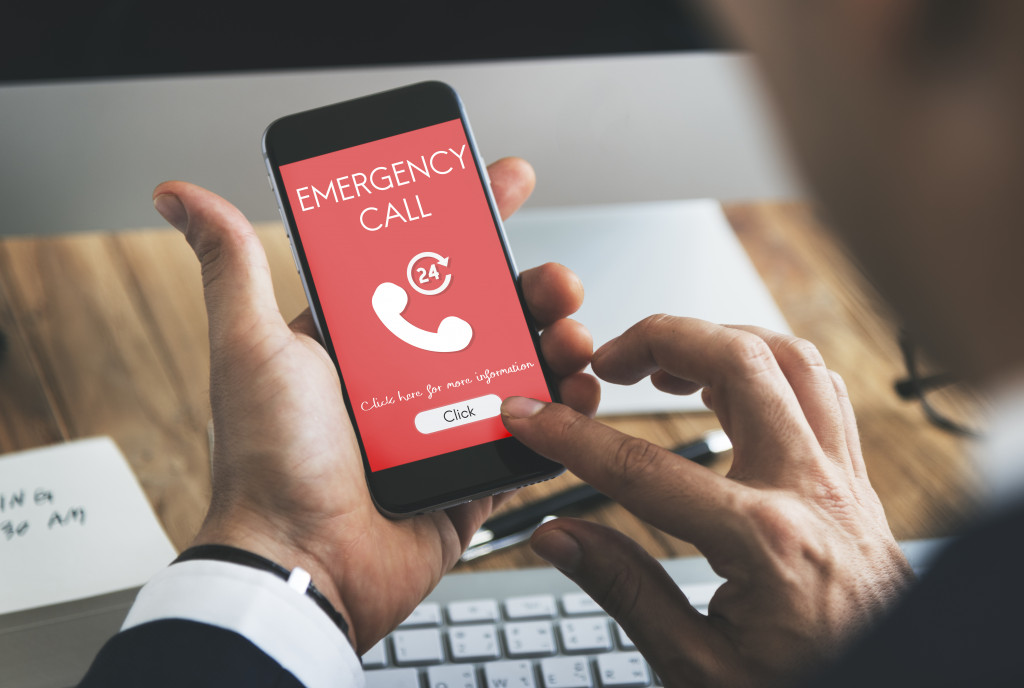- Automating processes saves emergency responders time and improves their efficiency while working.
- Invest in technology to streamline dispatching, respond to emergencies quickly, and access real-time data.
- Standardize processes with robust training regimens to reduce response times.
- Utilize data analytics to gain insights into emergency patterns and improve performance metrics.
- Provide training and retraining to emergency responders to ensure they stay up-to-date.
Emergency services providers are the backbone of any society. Their swift and decisive actions help save lives and mitigate damages caused by emergencies. However, emergency response teams must operate under tight schedules and challenging conditions. Ensuring that all emergencies are handled efficiently is a daunting challenge. This blog post will discuss creating more efficient processes for emergency services providers.
1. Automating Processes
Automating processes can help emergency responders save time and improve their work efficiency. One key area that can be automated is data collection. Instead of manually recording data at the scene of an emergency, responders can rely on software solutions to collect, transfer, and manage data. Automation can also extend to emergency service scheduling, reporting, and dispatch.
Respondents can also use automated systems to provide medical assistance or other support depending on the type of emergency. Automation has the potential to save lives by providing quick and reliable responses.
2. Invest in Technology
Emergency responders need to invest in technology, which can streamline the process of dispatching and responding to emergencies. Different kinds of technology can be used to identify locations quickly and accurately. These technologies include the following:
a. Dispatch systems
As the name suggests, dispatch systems send out response teams quickly. These systems can be integrated with emergency databases and mapping tools to provide responders with the most up-to-date information on an emergency.
b. ASAP monitoring
Automated Secure Alarm Protocol (ASAP) is designed to improve the efficiency of emergency signal delivery from alarm monitoring companies. With ASAP monitoring services, emergency responders can get timely and reliable information about an alarm event from the monitoring company. This helps emergency responders in identifying and responding to an emergency quickly.

c. GPRS-enabled communication devices
General Packet Radio Service (GPRS)-enabled communication devices help emergency responders keep in touch with their colleagues during an emergency. GPRS-enabled devices are fitted with GPS systems to allow responders to track and communicate their location in any situation.
d. Mobile applications
Mobile applications are also invaluable tools for emergency responders. These apps can provide real-time access to critical data such as weather conditions, street maps, and other vital information. Mobile apps can also be used to broadcast alerts and notifications in an emergency.
3. Standardization
Standardizing processes can help emergency responders adapt to new scenarios quickly and perform their duties. A robust training regimen that incorporates standard procedures can help reduce response times significantly. Plus, standardization ensures that all team members are on the same page, enabling teams to focus on critical tasks.
Some services also provide resources for emergency responders to stay updated on the latest developments. Standardizing processes also helps emergency responders respond to emergencies more efficiently. Due to standardization, emergency service providers can quickly assess and identify problems, thus providing a faster response.

4. Utilizing Data Analytics
Data analytics can help in creating more efficient processes for emergency services providers. By collecting data from several sources and combining it with analytics software, emergency responders can gain insights into response times, resource utilization, and emergency patterns. Additionally, the data can be used to improve performance metrics and fine-tune emergency response procedures.
When data analytics is combined with automated systems, many tedious tasks associated with emergency response can be automated. Different kinds of algorithms can be used to predict an emergency’s most likely outcome, thus allowing responders to make better decisions. Also, data analytics can be used to create better communication protocols, enabling responders to stay in touch with each other during an emergency.
5. Training and Retraining
Finally, training and retraining emergency responders are crucial in creating more efficient processes. It’s no secret that the skills required for emergency response change over time. By upskilling emergency responders with the latest technology and techniques, you can improve your team’s efficiency and effectiveness in their roles.
For example, you can drastically reduce response times by training responders on how to use automated systems and data analytics. Additionally, regular retraining sessions can help emergency responders stay up-to-date on the latest developments in their profession. As a result, responders can adapt to new scenarios quickly and confidently perform their duties.
Creating efficient processes as an emergency services provider ensures a timely and effective emergency response. Automating processes, standardization, data analytics, investing in technology, training, and retraining emergency responders can contribute to a better response strategy. Improving emergency service providers’ efficiency is crucial to enable them to deliver the highest level of service to communities, ultimately saving lives.

